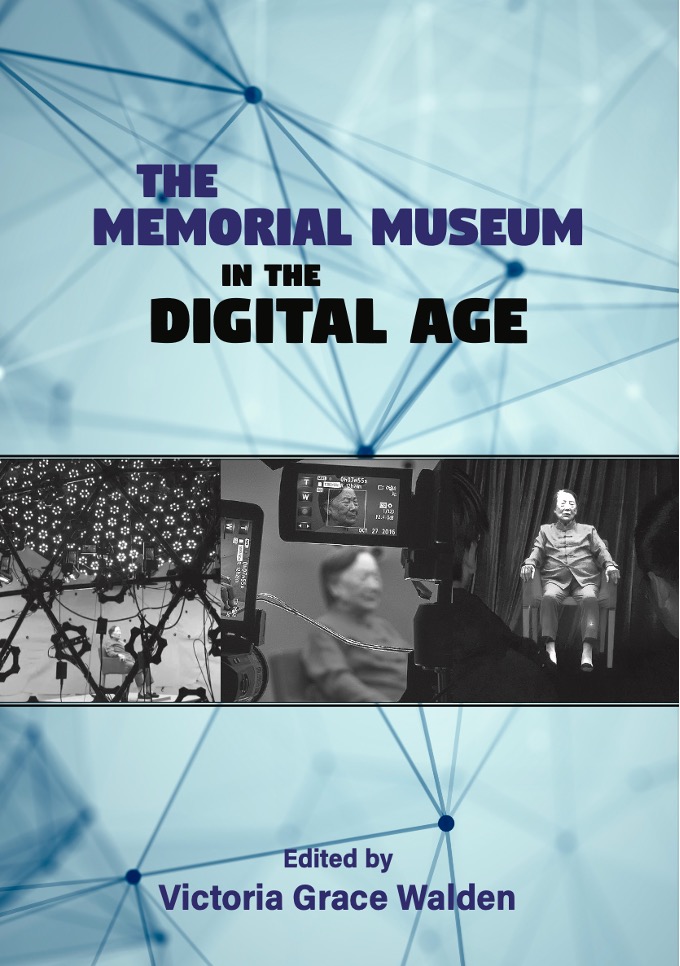
The Memorial Museum in the Digital Age
Abstract
The Memorial Museum in the Digital Age is the first comprehensive review of thinking and practice related to the effects and affects of the digital for memorial museums. These commemorative and educational spaces have traditionally contained object-heavy displays to stand-in for people, cultures and things that have been destroyed. What then happens when collected material evidence is presented to visitors/ users in digitalised forms – distanced from the material proximity offered at so-called ‘authentic sites’? Whilst memorial museums have often been celebrated for their commemorative and educative agendas, they are also political and tend to reiterate museological logics deeply embedded in problematic histories of arranging cultural objects and identities. Can digital technologies offer the potential to rearrange or resituate the memorial museum into activist spaces? Can going online disrupt the national memory politics that commonly characterise memorial museums, or does it enable more of the same? These are some of the questions that interest the contributors of this collection.
Whilst there is a growing number of publications interested in museums and the digital, the specificity of the memorial museum is understudied. Yet, it raises particular concerns relating to preservation, materiality, ethics, and absence that require careful consideration in relation to the digital. After a theoretical consideration of what the memorial museum is and could be in this ‘digital age’, this book offers a series of case studies written by curators, artists, and academics covering memorial museum examples in North America, South America, Africa, Europe, Asia, and Australia.